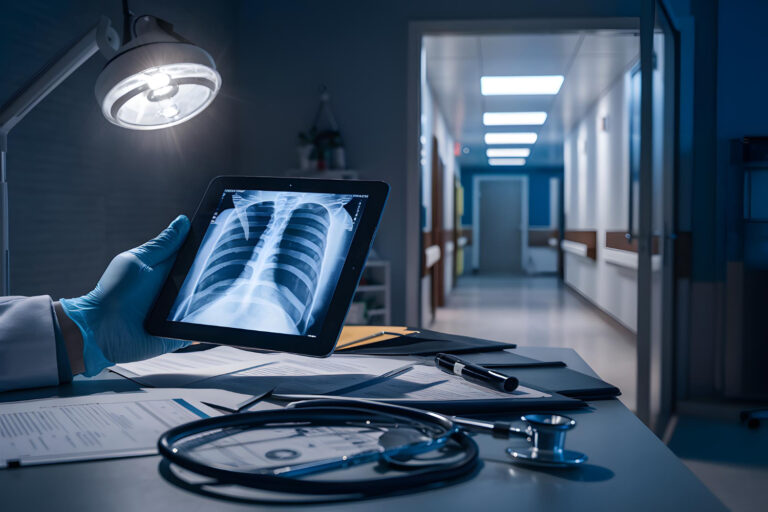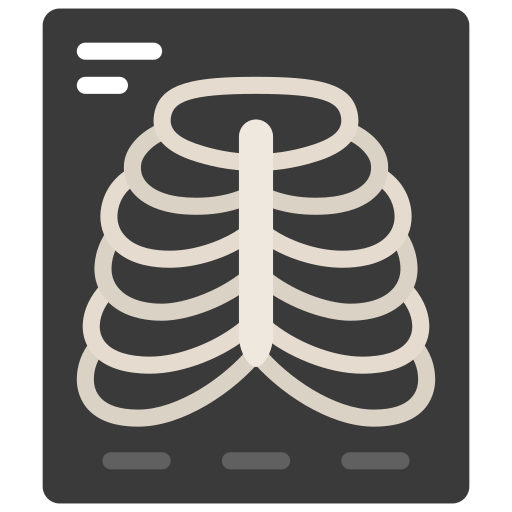Our services

Ultrasound
An Ultrasound, also called a Sonography, is a safe, reliable, painless and radiation free examination that uses high frequency sound waves to produce images of living tissues, blood vessels and organs inside your body. These images are captured and displayed on a computer screen showing the scan as a real time video.
Stay in touch
- NMC Park Ondini Plaza Ulundi 3838
- 082 491 4676
- info@hmsultrasound.co.za

Types of Ultrasound
- Obstetrics
- Dating Scan: 08-12 Weeks
- Anomaly Scan: 20-22 Weeks
- Growth Scan : 28-38 Weeks
- Gender reveal Scan : Boy or Girl
- Gynae / Pelvic Scans
- Abdominal Scans
- Scrotum Scans
- Breast scans
- Thyroid Scan
Musculoskeletal Scans (MSK) - Vascular ( venous and arterial)

Exam Preparation
- Please arrive 20 minutes before the appointment time to complete paperwork. Previous imaging, not done with HMS Ultrasound , must be brought with you to the appointment.
The examination
The examination takes approximately 20 minutes.
An Ultrasound Scan
An Ultrasound Scan may require some preparation before the scan; you will be informed of this when making your booking.
Upper Abdomen
For an Upper Abdomen Scan, do not eat or drink 6 hours before to the scan.
Pelvis, Bladder or Kidney
For a Pelvis, Bladder or Kidney Scan, your bladder must be full. This may require you to drink 6 cups of water before the scan. DO NOT go to the toilet before the scan. Please inform Reception if you do need to go to the toilet.
Joint Scans
For Joint Scans (shoulder, ankle, elbow, wrist, knee), no preparation is required.

When Do I need an Ultrasound
An ultrasound is used for many reasons, including:
- Diagnosing gallbladder disease
- Evaluating blood flow
- Checking your thyroid gland
- Detecting genital and prostate problems
- Evaluating metabolic bone disease
- Examining a breast lump
- Assessing joint inflammation (Synovitis)
- Guiding a needle for tumor or biopsy treatment
- Examining the ovaries and uterus during pregnancy and monitor the developing baby’s health
General X-Ray
An X ray scan is a painless and quick test that produces images of the structures inside your body – particularly your bones.
Xrays use a type of radiation called electromagnetic waves and are an essential part of radiology services.


Types of X-Ray
- Abdominal
- barium
- Bone
- Dental
- Extremity
- Hand
- Joint
- Lumbosacral
- Spine
- Neck
- Pelvis
- Sinus
- Skull
- Thoracic Spine
- Skeleton X-ray
- Upper gland
- Small bowel series

Exam Preparation
You may be asked to remove anything metal, such as jewellery or clothing, with metal closures. We will also ask you to wear a gown. X ray imaging may be used during this process. We may ask about your overall health or any medication you take. No other special preparation is needed.
What to Expect
The duration of the exam will vary, but the average is about 15 minutes. The technologist will position you on the exam table, and give you instructions.
You will have the opportunity to ask the technologists questions.

When do I need an X-Ray
Your Doctor may order an X-Ray to:
Examine an area where you’re experiencing discomfort and pain.
Monitor the progression of a disease or illness X rays are used to detect the following:
- Breast tumors
- Enlarged heart
- blocked blood vessels
- conditions affecting
- your lungs
- digestive problems
- fractures
- infections
- osteoporosis
- arthritis
- tooth decay
- needing to retrieve swallowed items
